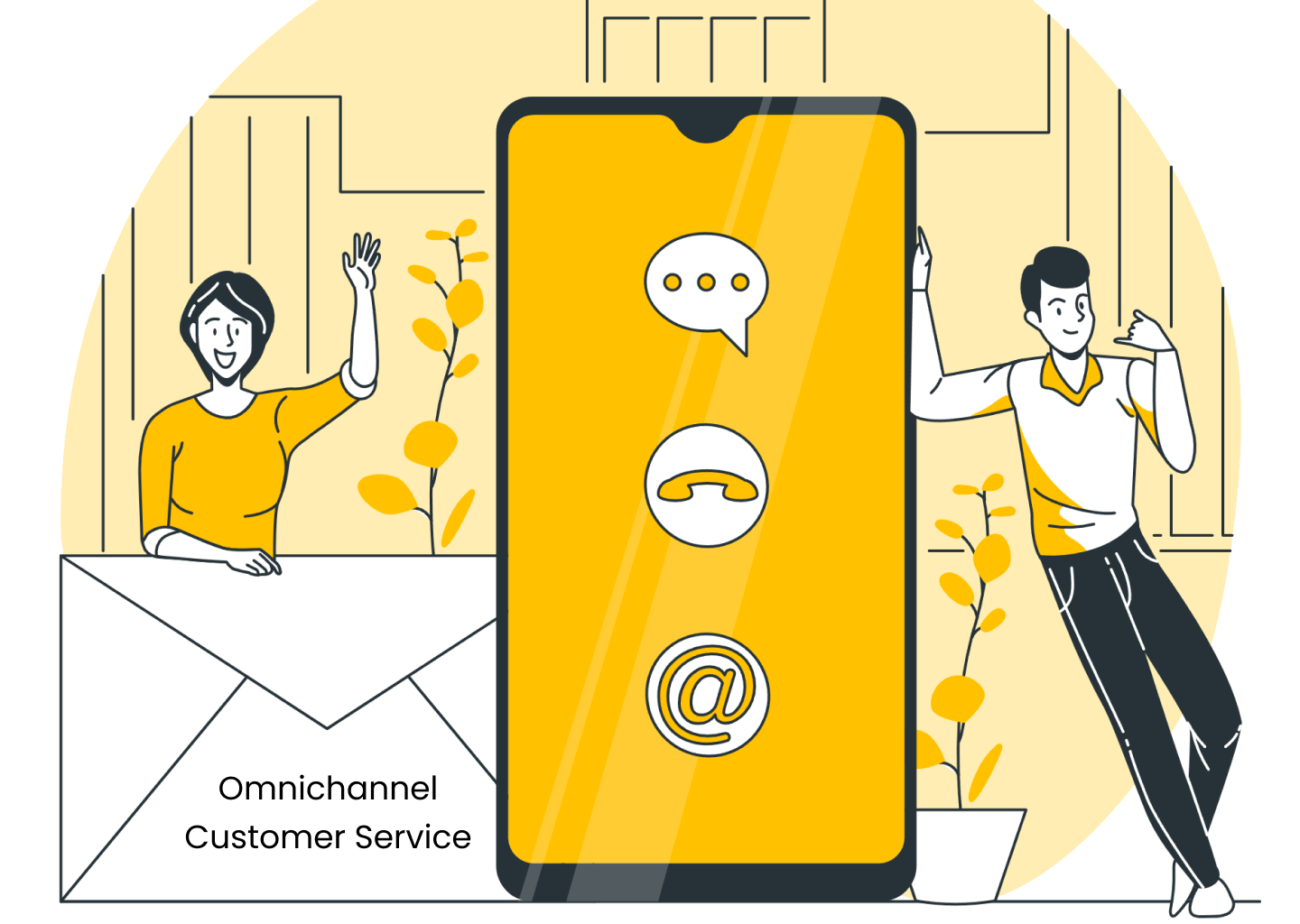Business is all about prospects and the funnel. Many companies struggle to find out a way to maximize the effectiveness of their superheroes, their sales, and support staff. Some invest in expensive software, others try to increase the number of people. After all, a slight disruption, a small hiccup in customer service, and you’ll need 12 happy sales to cover up a single incident.
One way to ensure your customers are happy is to align salespeople with support people. When both representative parties are working together, meeting customer expectations becomes easier. Yet, the question is, how do you achieve this tandem? In short, it’s complex but not impossible. So let’s dive deeper into the subject matter.
What’s inside?
- Learn what is needed to align sales and support teams;
- Find out what benefits you can expect from this union;
- How the two teams can boost one another.
Sales and customer service - why would anyone unify them?
Now before we can talk about how you can unify your teams, we first need to discuss why you would want to do so. So, what is sale support? And the answer to this question is quite simple. When both teams work together, the quality and user experience of the sales process is significantly higher.
Just think about it, your sales team will help your customer find the right product, whereas your customer service department will make sure that the entire interaction history is of the highest quality. This tandem will not only manifest in excellent customer service but will double as a marketing technique for you.
The better the service, the more word-of-mouth you can expect. This will help you reach audiences previously inaccessible, as well as bring-in new leads through referrals. Besides, it is only natural that these two departments should work together at all times. They both spend the most time with your install base, and they both can bring unique opportunities they otherwise wouldn't even know they were there.
It’s a win-win no matter how you spin it. The sooner you unify these two groups, the sooner you’ll be able to leverage the benefits. But how do you unite these two groups? Let us explain.

Define a perfect lead
Before you can start implementing different tactics and steps to unify your sales and customer service team, you must first define a perfect customer. A detailed profile of your perfect customer can come a long way in winning more sales.
Typically, a perfect lead analysis/report consists of different aspects of a person's life. Starting from mundane things such as phone numbers, social media profiles and ending in high-level information such as personal preferences, religion, and other social aspects. All this data can help you learn about your prospects much better.
Get rid of silos
Bernard Shaw once said that the single biggest problem with communication is the illusion that it has taken place. And that couldn’t be any more true. If you think everyone on your team is talking, they are but are they communicating. Is spoken understood? Before you can start making strides towards teams' unification, you need to get rid of communication silos.
If you notice that half of your team, or heck, even if a quarter is divided, you might have a communication silo where two parties don’t talk about the sales process. The best way to remedy this issue is to define clear roles and responsibilities. Furthermore, ensure that everyone knows how important they are to the success of the company.
The more internal touchpoints you will establish, the more effectively your people can work as a team. All of this will also ease the process of unification since there will be no resistance from individuals.

Knowledge unification
Now, before each group can start communicating effectively, they must learn the difference between customer support and sales. In other words, both parties have to know how their entire line of operation looks like. Now, what will this give you? To be frank, a lot.
For example, if your sales rep feels like there would be issues throughout the sales process with a particular customer. Then he should notify the customer support team to avoid any confusion. Both parties have to present the same expectations and service-levels to avoid frustration and dissatisfaction.
Another example is that if your sales rep knows that the customer will be resistant to pricing increases, notifying the support team ahead of time will help address this resistance in a much stressful way since the support team will expect an angry customer.
This info-exchange will help you retain more customers, as well as help prepare for tough negotiations. It will also help you avoid difficulties associated with managing such customers in the future.
Tool sharing
Both your sales and support team should have access to the same sales support tools and information within them. Sales support definition clearly states that sales representatives focus on selling, so why not provide your sales team the same materials, tools, and data to close deals?
Besides, it is often observed that people with different objectives and activities employ the same tool differently. This can spark ideas and breed innovation between the two teams, which will ultimately reward your business. The benefits are clear, and there are little to no drawbacks if potential disorganization can even be considered as a drawback.
Document exchange
While similar to our previous entry, document exchange is quite different from knowledge sharing. Both your salespeople and your support team should note down their interactions with prospects. The reason you want them to write everything down is that it would allow for quality document exchange.
For example, the support team can send interaction history that contains emails, conversation scripts, and product/service history to the sales team so they can evaluate whether the customer is ready to renew their subscription and what kind of service they might buy next.
Pro-tip, if all of this sounds tedious, then you are right. It is. Yet, it doesn’t mean that your people have to do it all by themselves. Software paired with capable machinery can do it better and faster. So we suggest that you invest in a help desk system to speed things up.
Context sharing practices
Plenty of customers get red-eyed when they have to provide details again to a problem they’ve already stated previously. To your customer, both your salespeople and your support team are the same. For your sales and customer service to work in a streamlined way, giving your members across both teams an option to see historical data is key.
Now how is this different from document exchange? The answer is quite simple. Context should be brief and accessible without permission from other teams. Again, help desk systems such as Zendesk provide such features out of the box.
The software will allow you to view the information in a digestible manner. It will also allow you to leave comments and markers fast and efficiently. All of this will speed up the service process for agents and, more importantly, your customer.

The feedback loop is a must
The last and perhaps the most important aspect of the process is feedback. What good all of the above would be if none on your team were willing to share their insight and opinions on different processes. The more you can extract constructive criticism from your people, the better chances you can make the right change, and therefore, expect better results.
Create polls, set up face-to-face meetings and discussion sessions. But be careful as not everyone will be willing to share their thoughts from the get-go. Those who are a little resistive to such initiatives could benefit from an anonymous idea-sharing box.
Benefits your business can expect
And there you have it. Sales and customer service are both tightly connected. There is no real reason why you should keep your customer service sales knowledge separate. Both teams will only benefit from one another, and the entry barrier is slim.
A couple of weeks of training and knowledge sharing will result in massive gains and better prospect conversion rates, something every business can and will appreciate. But that is all for now. If you feel like you’ve learned something new, let us know. We want to be your number one source for customer success. Be sure to come back next time, as we post articles like these all the time.







